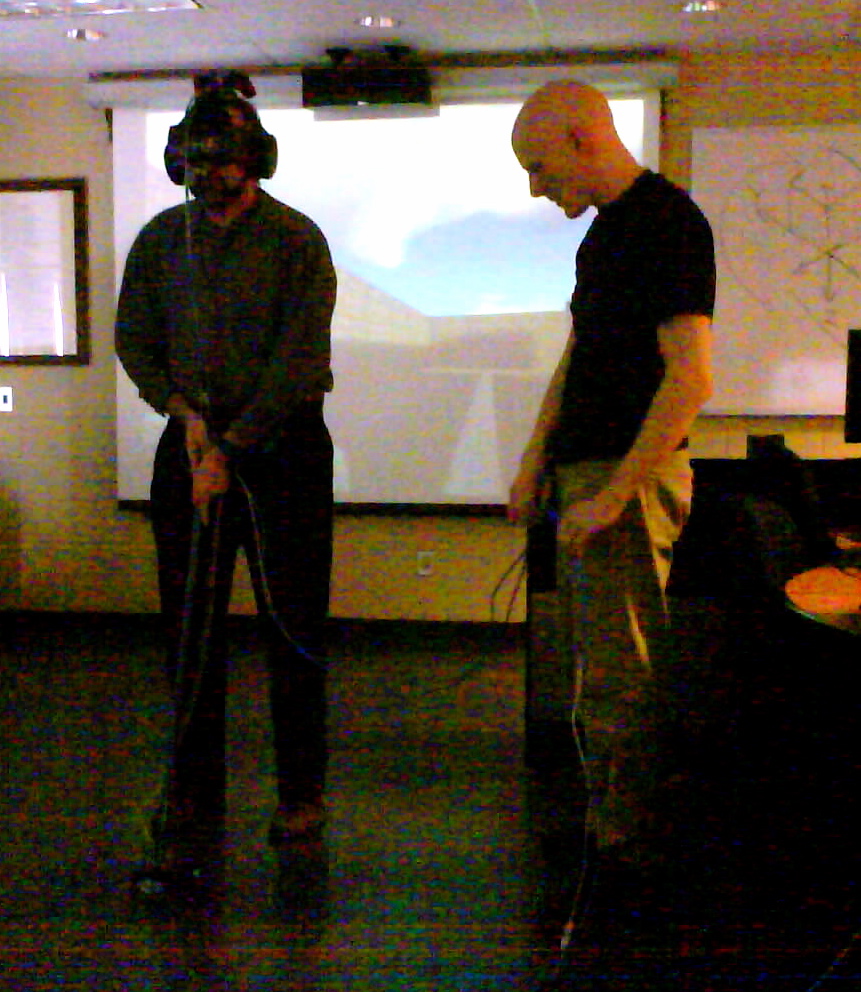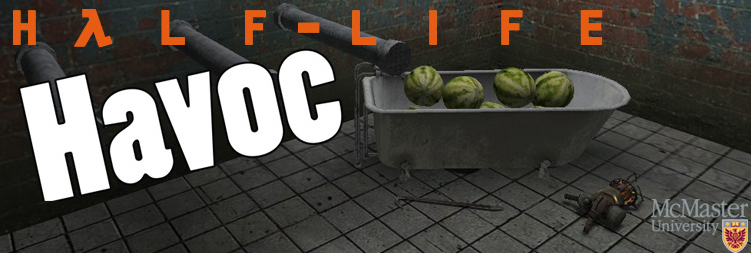
Yesterday I gave a talk for McMaster’s Bytes & Bites – e-learning cafe about e-Portfolios: Helping students represent themselves (PDF of Powerpoint). Our way of teaching students to do portfolios is different than how e-portfolios are usually structured as we can expect of Multimedia students that they create a web site from scratch on a server off-campus (where they can update it over time as their career matures.) There seem to me to be two challenges to the use of e-portfolios in learning:
- Faculty Consensus is hard to secure. E-Portfolios work best if there are meaningful assignments throughout a program where students are asked to put their work in the system. This means your colleagues have to understand and agree to use the system and to encourage the self-reflection portfolios support. But consensus among faculty, especially when half your courses are taught by sessionals, is hard to get.
- Privacy and Publication. One of the incentives for students to post their work to a portfolio is the opportunity to publish the portfolio when they graduate, but that also raises privacy issues. What rights do students have to not keep stuff they aren’t proud of. We have to make sure they get to choose what to publish and that they have the ability to remove stuff. Further, and this is where our simple go-get-your-own-domain-and-ISP model works well, a structured portfolio system on campus will always constrain the way students can publish their material.




